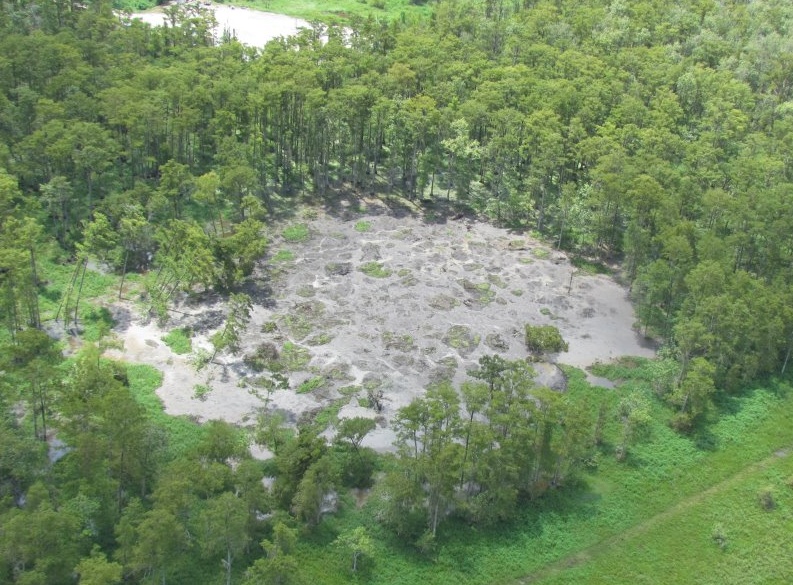MONTREAL—People walking through Angrignon Park made a disturbing discovery on Friday: hundreds of fish, most of them dead, were trapped in a small, shallow part of grand lac.
Those that are still alive are struggling to get out.
It's not clear how the fish became trapped or why many of them have died.










